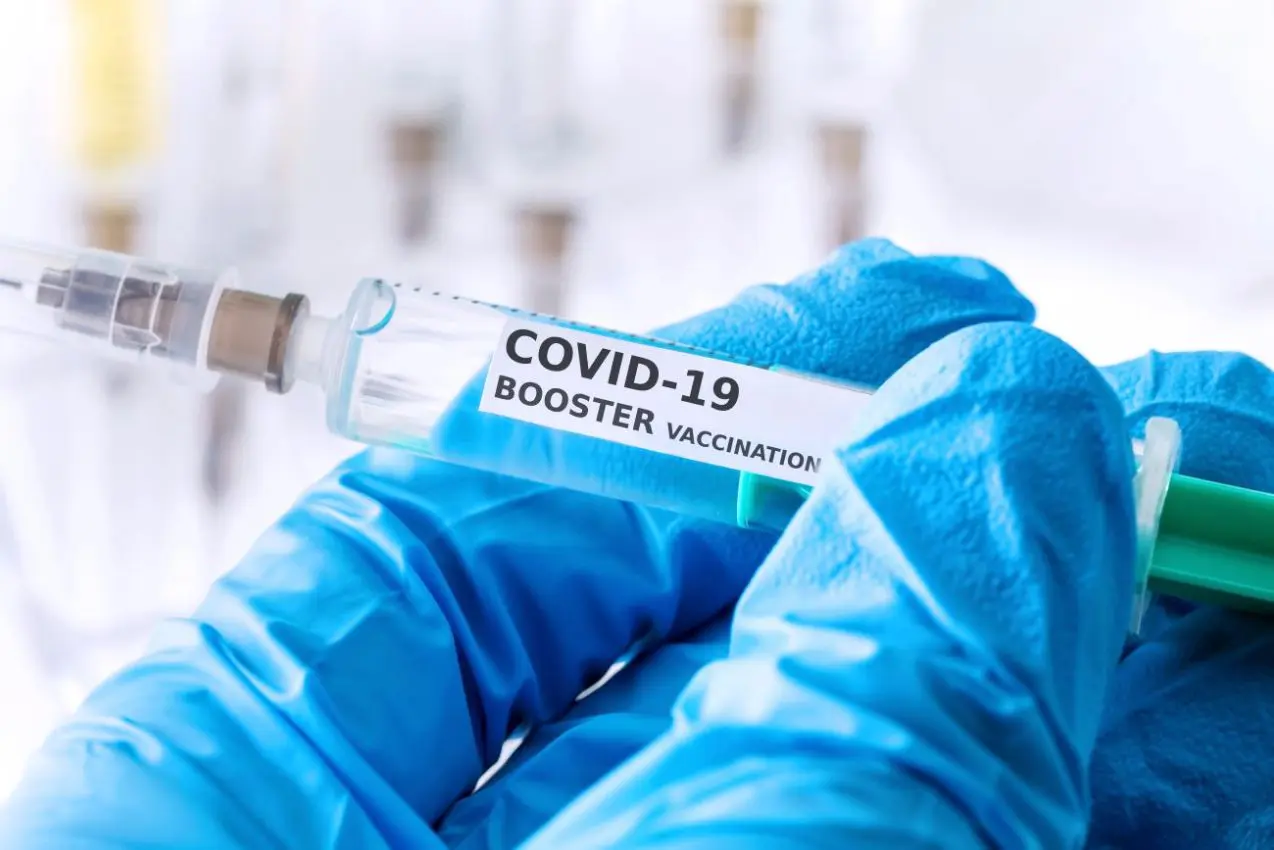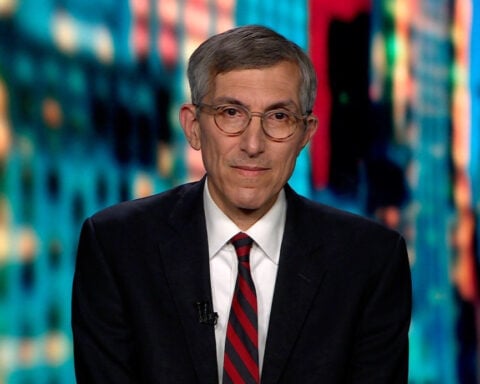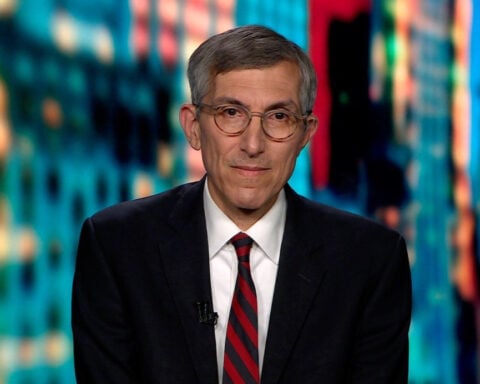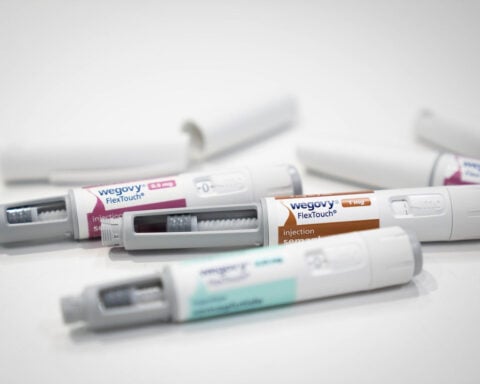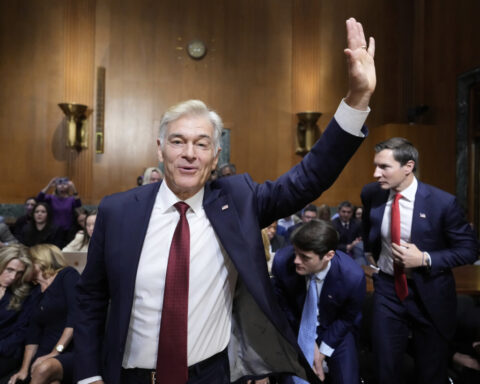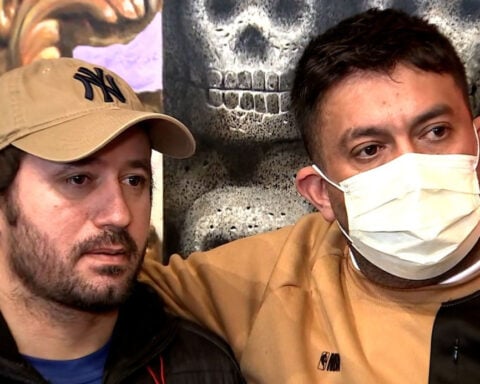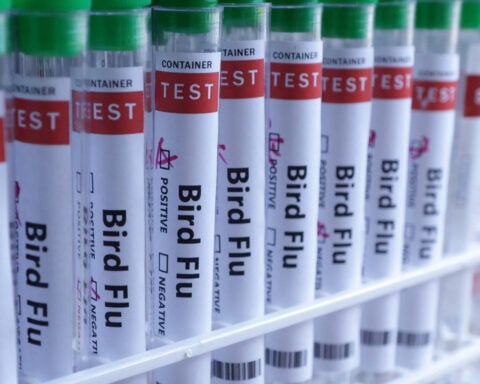As COVID-19 infection rates spike heading into fall, the arrival of an updated booster vaccine targeting the latest Omicron subvariants comes at a critical time. But with any vaccine, side effects are possible. Experts say the benefits of the new COVID booster still far outweigh the risks.
Immunologists concur that while the vaccine provides important protection, it should not be the sole preventative measure against the virus, especially amid surging rates of the highly contagious Omicron offshoot Eris.
“The vaccine should be used in conjunction with other protective measures such as masking and ventilation for those people at higher risk for severe disease (like people over 65 or with underlying medical conditions),” said Dr. Michael N. Teng, associate dean of internal medicine at the University of South Florida.
The potential side effects from the new booster mirror those of previous COVID vaccines. Fatigue, headache, joint pain, nausea, injection site pain and swollen lymph nodes are among the most common, according to Dr. Kirsten Hokeness, immunologist and professor of biological sciences at Bryant University.
Some may also experience mild flu-like symptoms such as muscle aches, chills or low-grade fever. While unpleasant, experts say these reactions are a sign that the immune system is responding to the vaccine. Not everyone will have side effects.
“The benefit-risk profile indicates that serious side effects that have the potential to cause long-term health issues are very rare following the COVID vaccine as opposed to the reported damaging impacts the infection can cause, including long COVID and even death,” Dr. Hokeness said.
Most vaccine side effects are mild and resolve within 24 to 48 hours, said Dr. Jenna Podjasek, an immunologist. By comparison, a bout of severe COVID or long COVID can be debilitating for many.
The updated booster is formulated to better match current strains compared to the original vaccines. Health officials underscore getting the new shot to bolster immune protection heading into the holiday season and winter months when more people congregate indoors.
“It is a good idea to bolster our immune protection as we head into the holiday season where there will be a lot of travel and interaction in enclosed spaces,” Dr. Teng said.
While individual reactions vary, doctors recommend rest and over-the-counter pain relievers as needed to manage side effects. Those with more persistent, severe symptoms should consult their physician.
“Everyone will experience different symptoms to varying degrees, so it is important to listen to your body and rest as needed,” advised Dr. Hokeness.
The spike in COVID cases since August has been fueled by the highly contagious Omicron subvariant Eris, with the U.S. averaging over 39,000 new cases per day as of mid-October. Hospitalizations are also rising.
The original vaccines gradually become less effective against new viral mutations. The updated boosters from Pfizer and Moderna were designed to target the BA.4 and BA.5 Omicron strains that now account for nearly all U.S. cases.
Clinical trial data showed the new bivalent booster generated a stronger immune response against the Omicron subvariants compared to the original shots.
In September, the Centers for Disease Control and Prevention endorsed the adapted boosters for anyone ages 5 and up who completed their initial vaccination series. People can get the booster at least two months after their last dose.
But uptake of the updated shots has been slow thus far, with only about 11.5 million doses administered in the first month. Health officials are aiming to ramp up fall booster campaigns, particularly among older groups and those with medical conditions at higher risk for severe illness.
"We want to have the best immune response before the wave starts,” said UCLA epidemiologist Dr. Robert Kim-Farley. “You want to have the troops ready before the enemy arrives.”
Yet public health leaders acknowledge there are significant hurdles to overcome vaccine hesitancy and fatigue. Persuading more people to get the boosters will be vital amid warnings of a potential winter surge combined with routine respiratory viruses.
“We have a great deal of COVID fatigue, but the virus is still posing a threat that requires our attention,” said Los Angeles County health officer Dr. Muntu Davis. Along with vaccines, he advises consistent use of face masks indoors and other precautions.
While the threat remains, experts concur the benefits of the updated COVID boosters decisively outweigh the risks of short-lived side effects. They urge staying up to date on vaccination and layering other measures to reduce virus transmission as the holiday season approaches.

 Trump has begun another trade war. Here's a timeline of how we got here
Trump has begun another trade war. Here's a timeline of how we got here
 Canada's leader laments lost friendship with US in town that sheltered stranded Americans after 9/11
Canada's leader laments lost friendship with US in town that sheltered stranded Americans after 9/11
 Chinese EV giant BYD's fourth-quarter profit leaps 73%
Chinese EV giant BYD's fourth-quarter profit leaps 73%
 You're an American in another land? Prepare to talk about the why and how of Trump 2.0
You're an American in another land? Prepare to talk about the why and how of Trump 2.0
 Chalk talk: Star power, top teams and No. 5 seeds headline the women's March Madness Sweet 16
Chalk talk: Star power, top teams and No. 5 seeds headline the women's March Madness Sweet 16
 Purdue returns to Sweet 16 with 76-62 win over McNeese in March Madness
Purdue returns to Sweet 16 with 76-62 win over McNeese in March Madness
